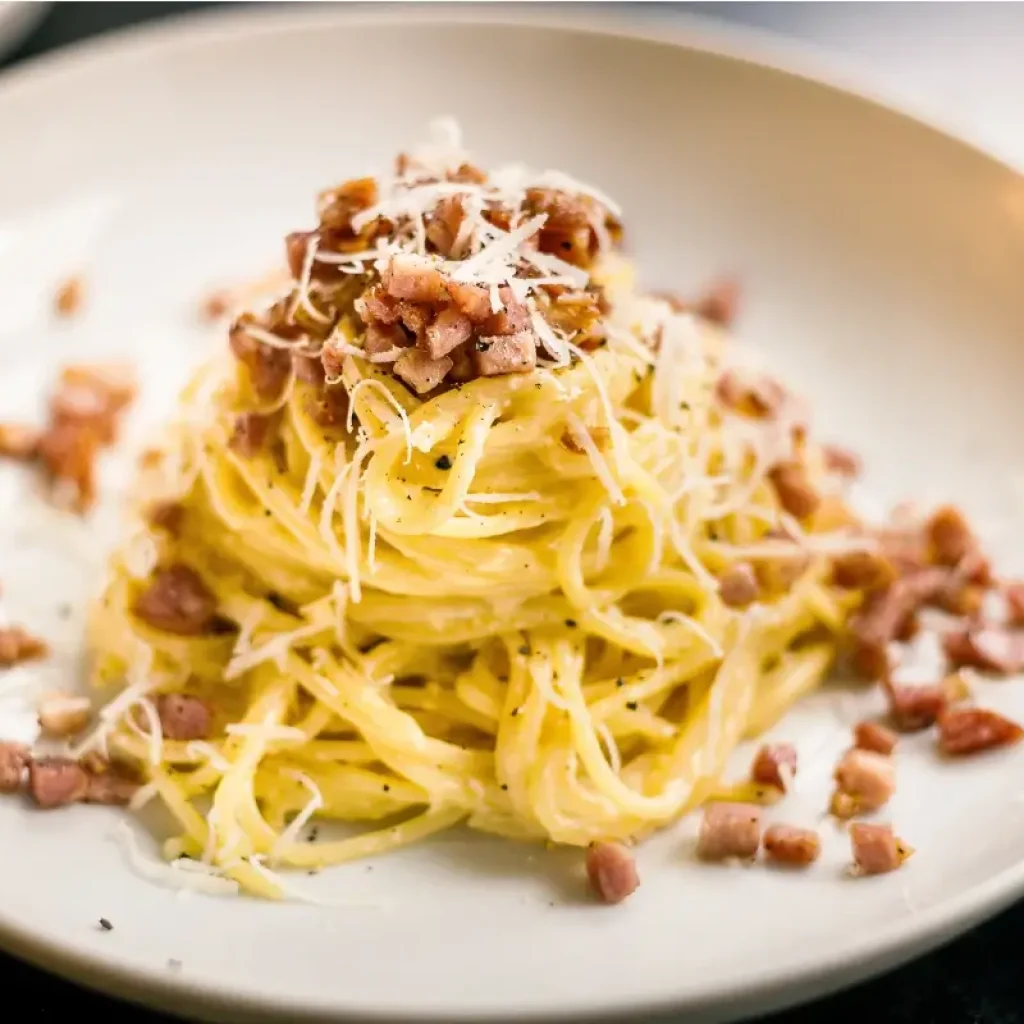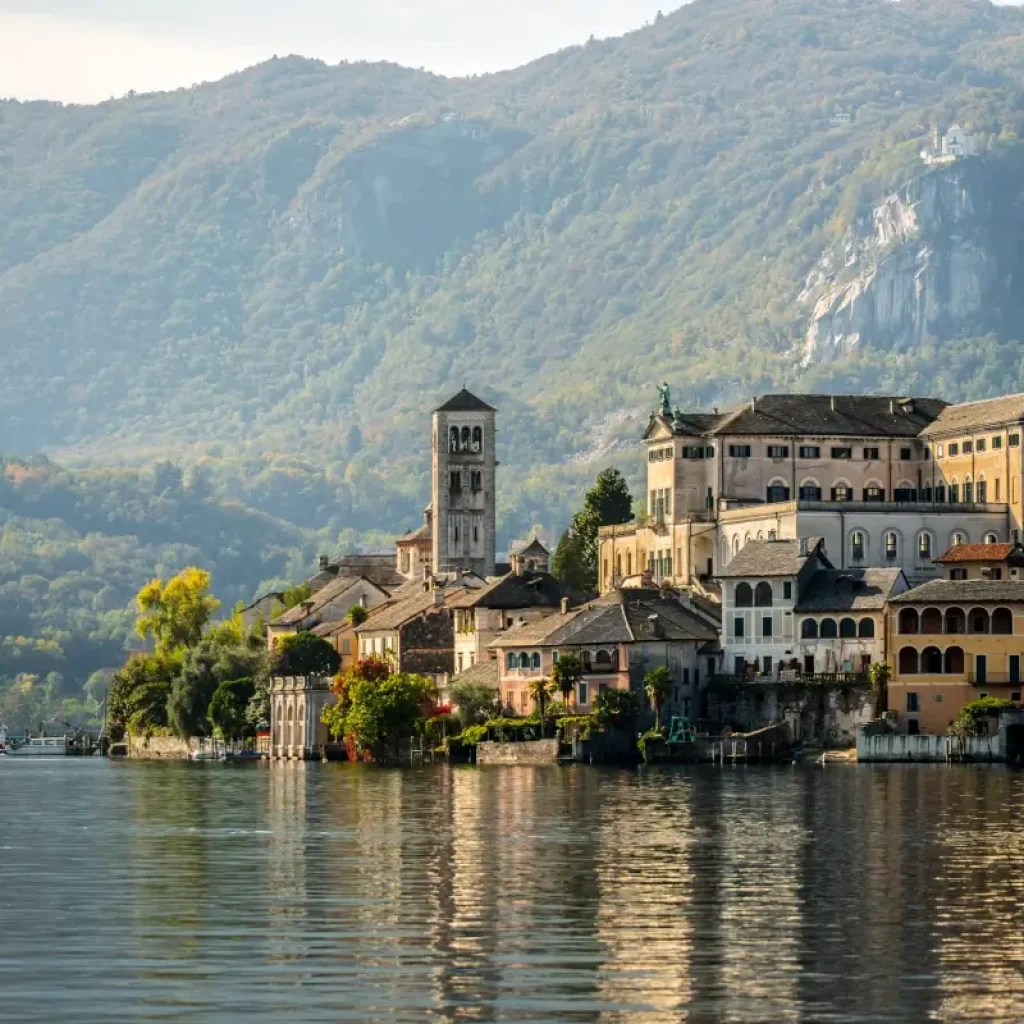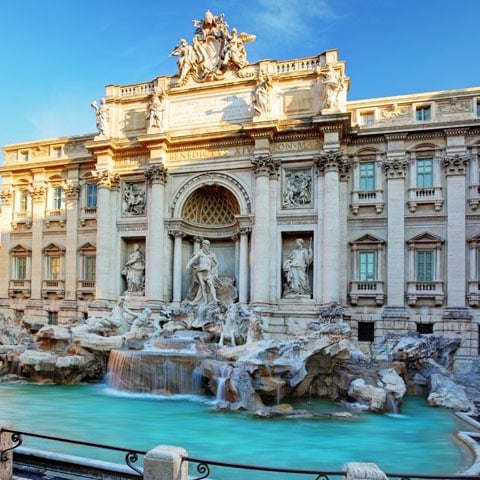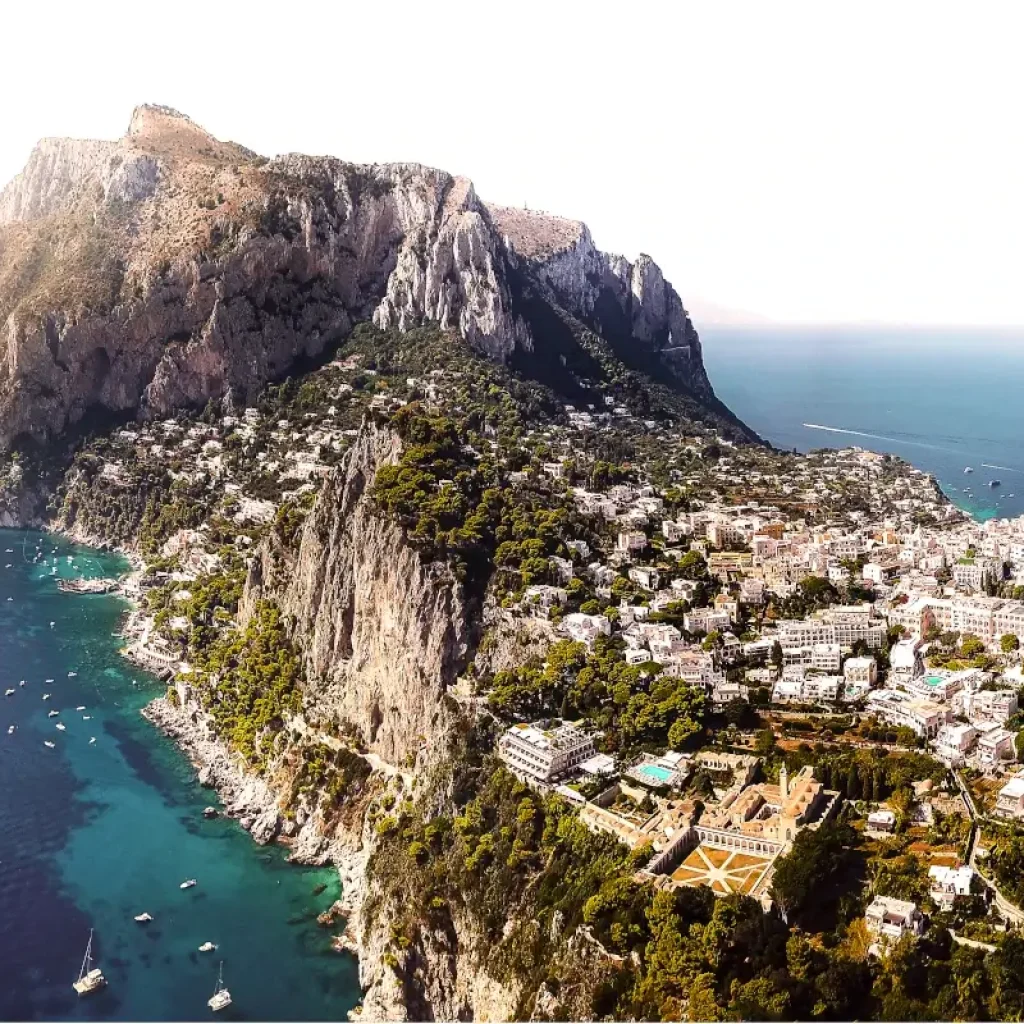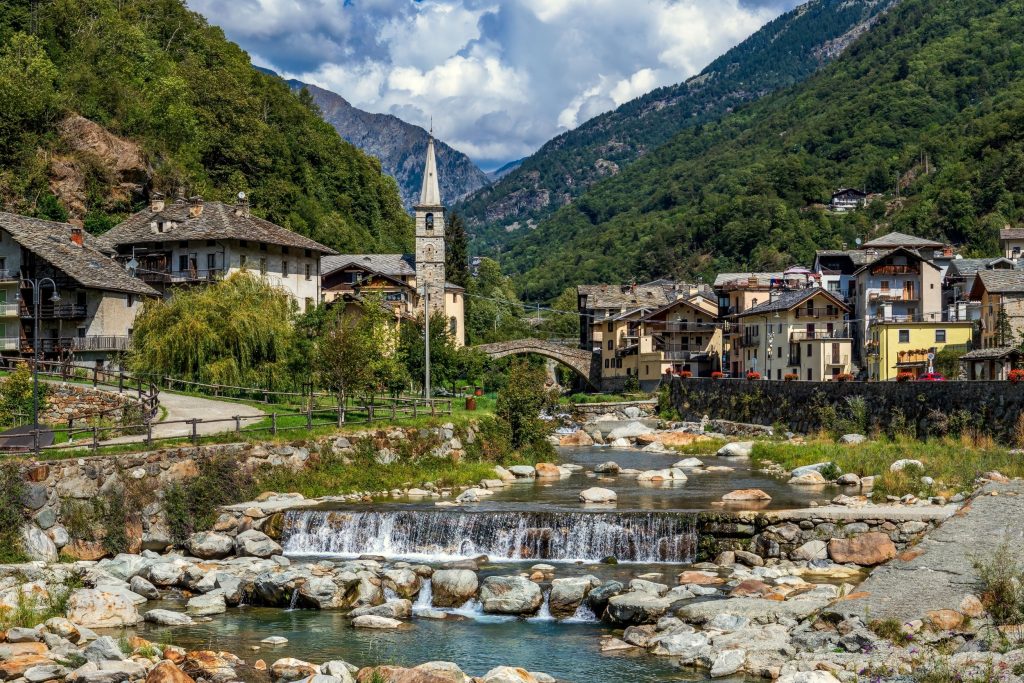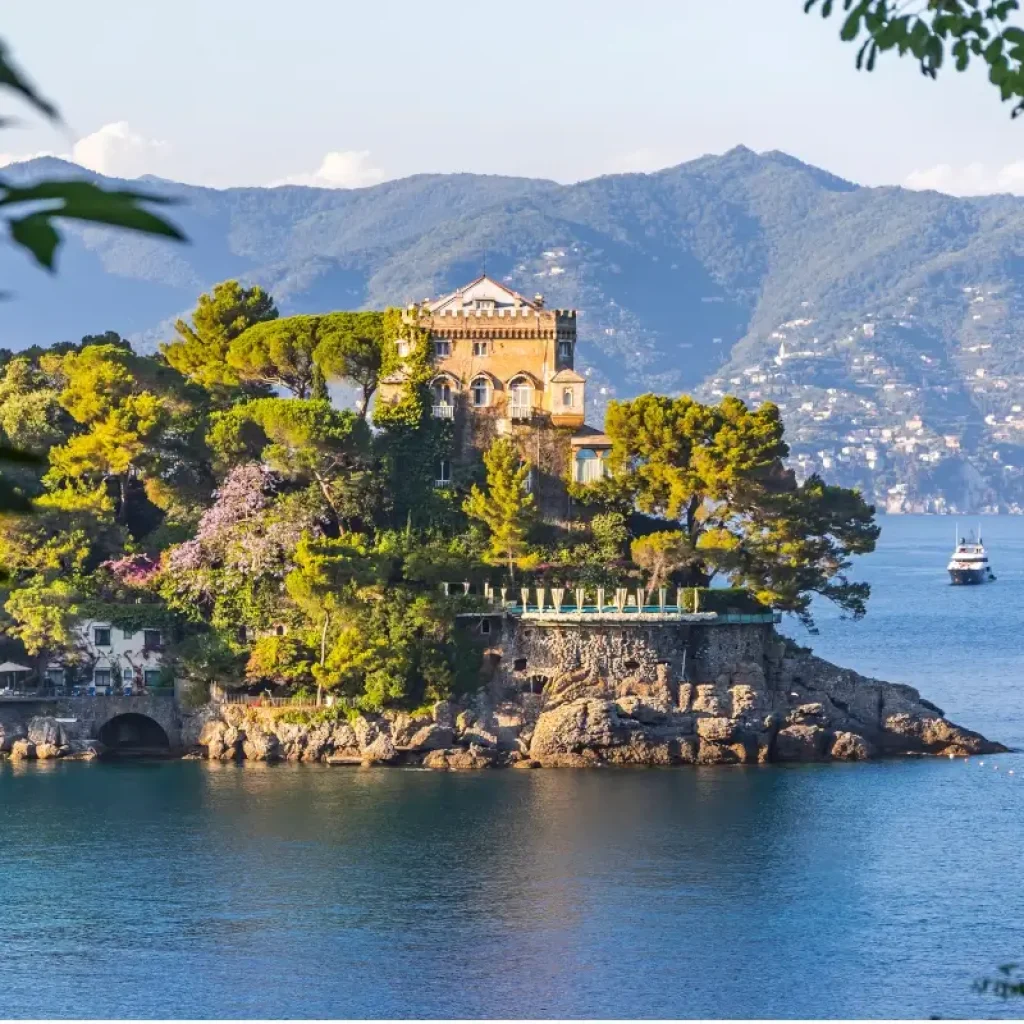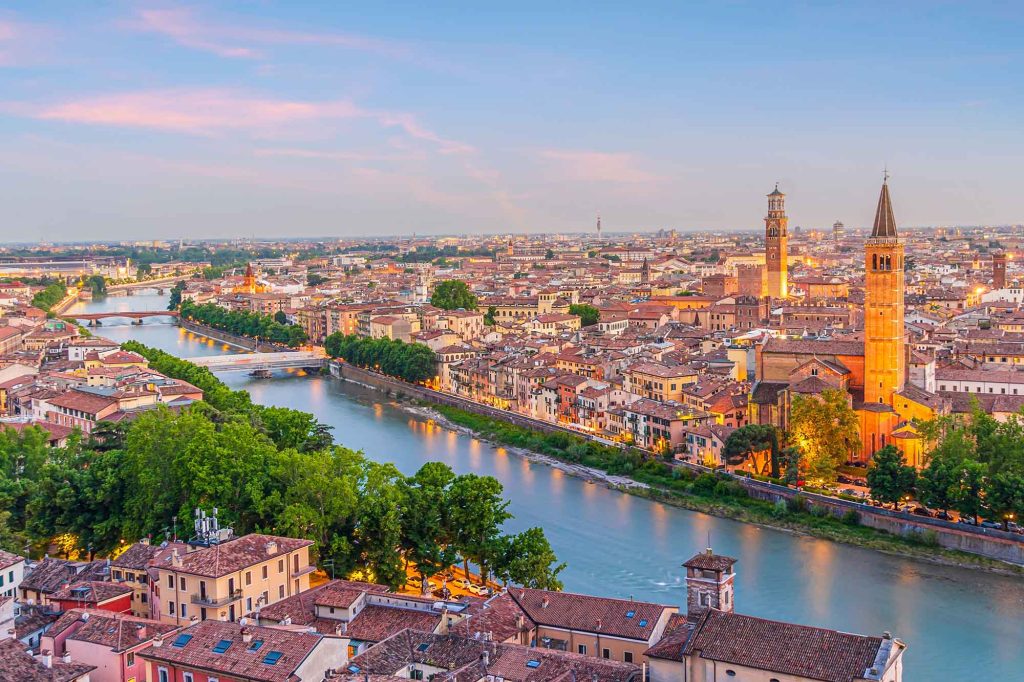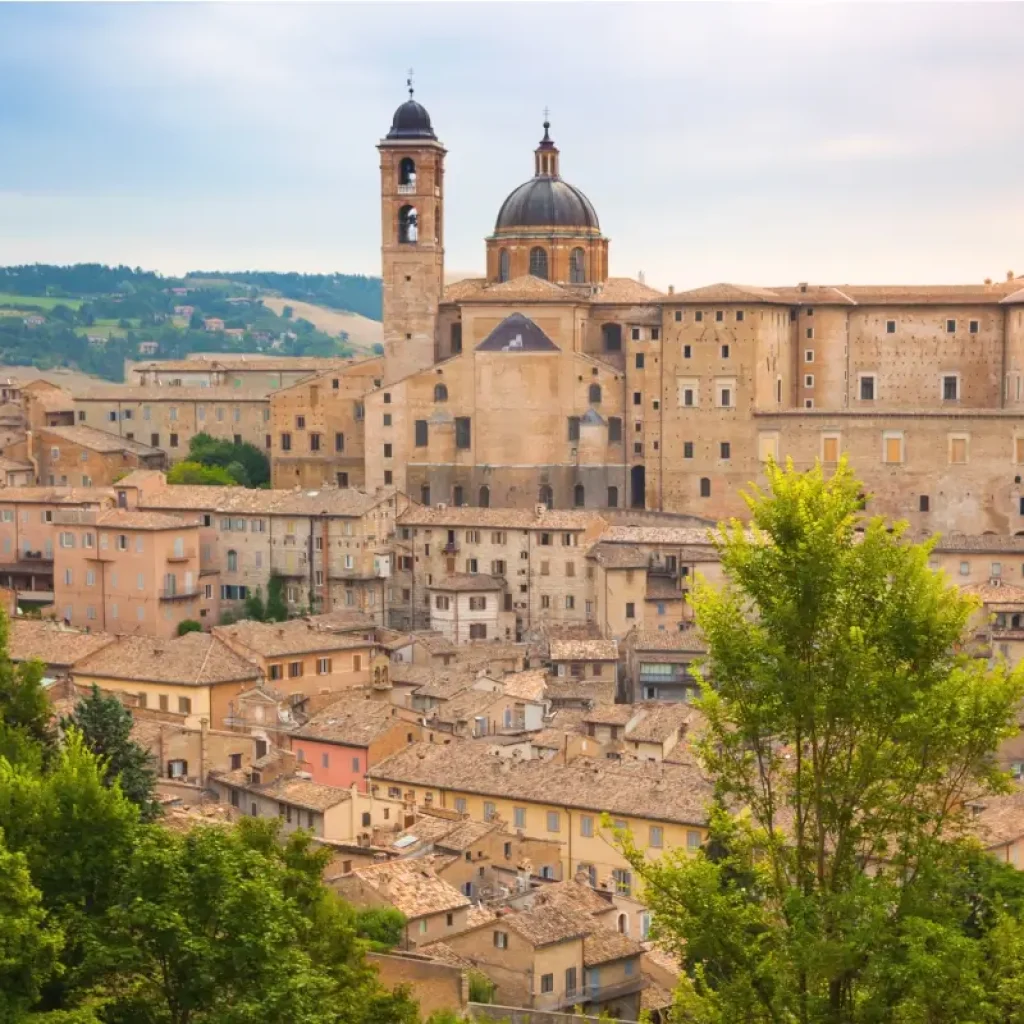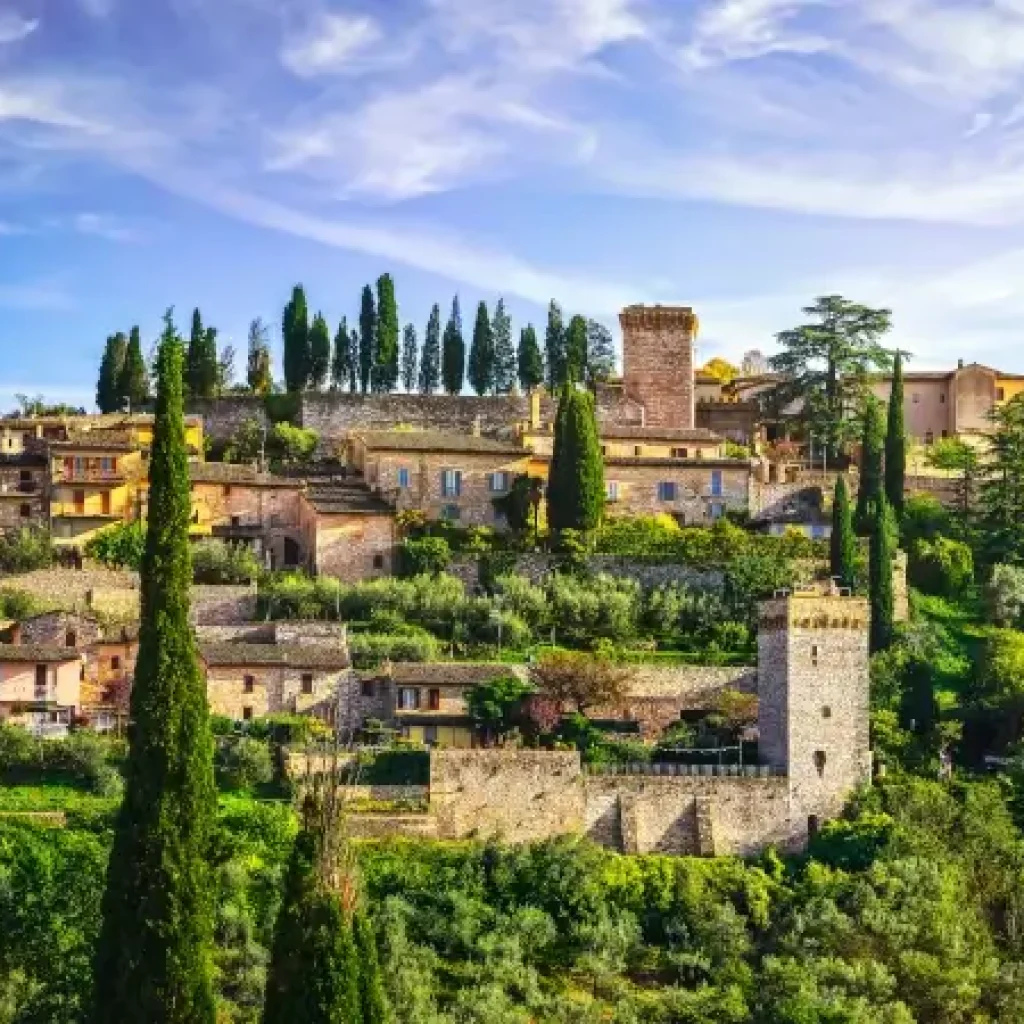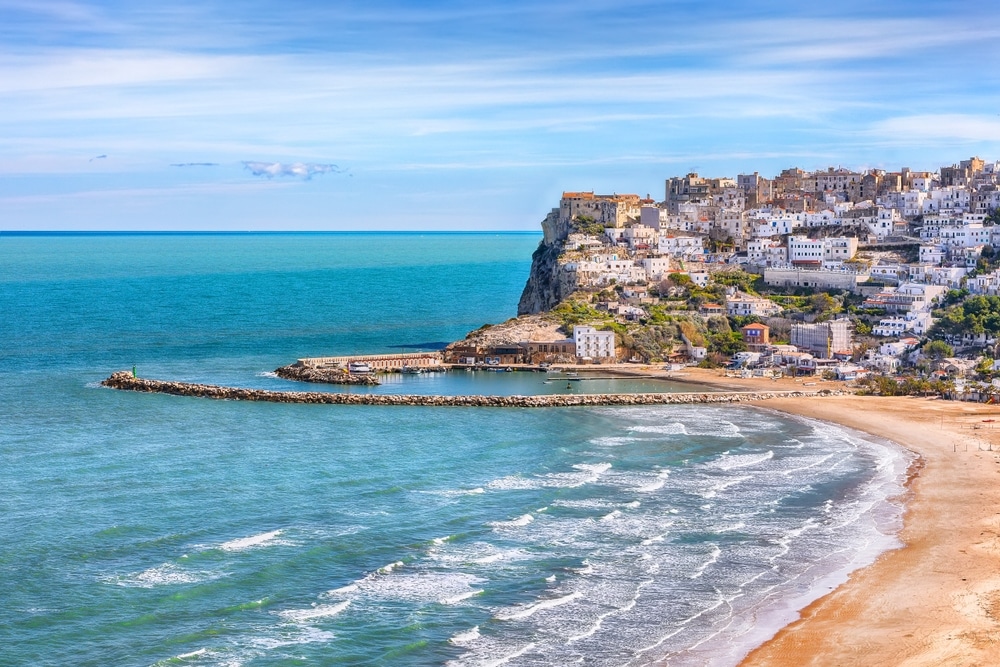Located high in the Northwest section of Italy, the Aosta Valley shares a border with Italy’s Piedmont region as well as both France and Switzerland. Throughout the region’s history, its location on the border resulted in the area being traded back and forth between countries. Eventually, the Aosta Valley became a part of Italy, and it is one of the country’s five semi-autonomous regions. As a result, to this day the Aosta Valley maintains an identity that is unique to the area and honors the vast, multicultural influences that shaped it. That is why there are still heavy French influences to be felt and seen throughout the culture of the Aosta Valley.
For instance, the Italian name of the region is Valle d’Aosta (or Val d’Aosta for short) but there is also an official French name for the area as well – Vallée d’Aoste – and the region is commonly known by both terms.
Throughout the region, locals are known to speak both Italian and French. There is even a unique local dialect called Valdôtain. Categorized as a Franco-Provençal language, the Aosta Valley is the only area in which this dialect can be heard today.
Tourists typically overlook the region, unless they are hoping to escape to the area’s Alpine ranges for outdoor sports such as skiing, snowboarding, and hiking. However, the Aosta Valley is certainly worth visiting regardless of one’s interest in skiing, as the multicultural history of the region gives the area a unique and distinctive character that is evident in the the Aosta Valley’s cultural traditions, events, and lifestyle.
Bursting with tons of local festivities and historic sightseeing such as ancient Roman ruins, stunning castles, and gorgeous churches, the Aosta Valley is full of a rich cultural history to enjoy.
What Art Is In Aosta Valley?
Though the gorgeous mountain views and natural landscape formations of the Aosta Valley can be considered Mother Nature’s work of art, the region is filled with amazing museums and ancient castles which contain centuries’ worth of historic art for travelers to experience. The museums of the area, such as the Regional Archaeological Museum, Aosta Valley Craftsmanship Museum, Alps Museum, and Cathedral Treasure Museum preserve some of the region’s most important artistic and historic pieces of archaeology, art, science, and natural history.
The area’s views, history, and culture are inspiring to many artists, including locally-born painter Italo Mus. The son of sculptor Eugene Mus, Italo was known for his incredible landscape paintings inspired by the Aosta Valley. In 1910, at the International Center for the Fine Arts in Rome, he was awarded first prize in the Young Painters’ Salon.
What Kind Of Architecture Is In Aosta Valley?
Despite its reputation as a ski destination, the Aosta Valley is also a premiere region for travelers who have an interest in historic architecture. The area is bursting with a variety of historic monuments, castles, and iconic churches. The majority of which are centuries old and evoke the rich, multicultural history of the region. Set against the backdrop of the Valley’s natural scenery, there is simply nothing like experiencing the architecture of Northern Italy.
The Aosta Valley was under Roman influence for nearly five centuries. As a result, there are historic and magnificent Roman monuments all throughout the region. From necropolises to bridges to ancient city walls, visitors can feel almost transported back to Ancient Roman times. Though there are many Ancient Roman monuments to see, a few key recommendations include visiting the Roman Theatre and the Arch of Augustus, walking along the Via delle Gallie road, and admiring the Roman Arch in Donnas.
Whether you’re interested in faith, religious history, or just the stunning architecture of churches, the Aosta Valley has many incredible churches that are as gorgeous as they are meaningful. Some of the most amazing to see in person are Notre Dame de Guerison, a small sanctuary set against a mountainous backdrop that serves as a pilgrimage site, as well as the Church of San Martino in Arnad, which is home to a variety of late Gothic frescoes and a parish museum which holds amazing, sacred pieces, the Church of Sant’Orso that features an incredible cloister, and many more.
The woodsy landscape of the Aosta Valley makes the region’s array of historic castles seem as if they were transported out of a storybook. The Gothic castles contained in the Valley are evocative of the Renaissance and Roman periods. Some of the region’s most amazing castles – Savoia, Fenis, Issogne, Ussel, and more – contain artwork, relics, and once in a lifetime views.
What Science Attractions Are In Aosta Valley?
Travelers interested in science will certainly want to visit the Astronomical Observatory of the Autonomous Region of the Aosta Valley (OAVdA) and the Planetarium of Lignan. Located in a high-altitude mountain village, the OAVdA is the only astronomical observatory in Italy to be a part of a long-term agreement with the Italian National Astrophysics Institute to provide education and research. Not only is the Observatory one of Europe’s most amazing observatories, but it also plays a major role in national and international scientific research. Travelers can visit the Planetarium to view stunning constellations and far away planets.
The Aosta Valley’s impact on the world of science can also be seen in the history of Aosta Valley native Davide Giordano. President of Venice’s Institute of Science, Literature, and Arts, Giordano was a famous physician and politician.
Does Aosta Valley Have Connections To Literature?
The unique dialect of the Aosta Valley – the Valdôtain dialect of Franco-Provençal language – is one of the region’s most interesting features. Poet, priest and scholar Jean-Baptiste Cerlogne is considered to be a pioneer of Franco-Provençal grammar and lexicography. Born in the Aosta Valley, he created a vocabulary for the dialect when it had only ever been used orally. His impact on Aosta Valley’s poetry and literature of the area can still be felt today.
Another Aosta Valley native who impacted the world of literature was Raymond Vautherin. As a poet and playwright, he created works from the Aosta Valley using local linguistics.




